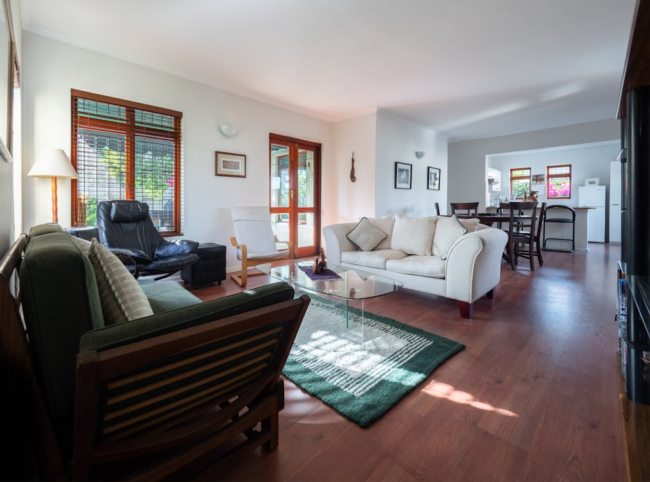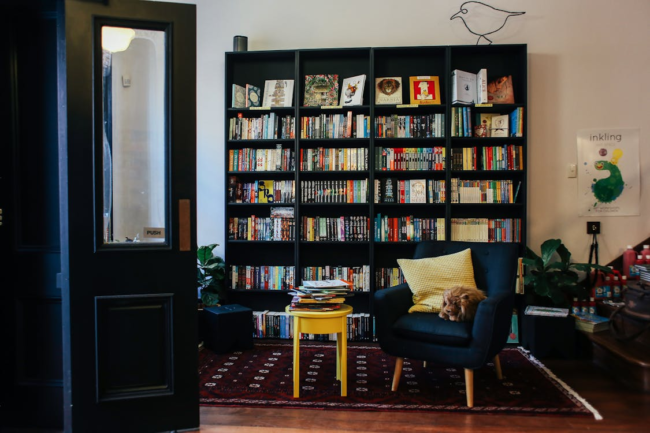
Have you ever walked into a room and felt instantly captivated by its ambiance? The secret lies in the art of interior decorating, which goes beyond simply arranging furniture and hanging pictures. It’s about crafting an experience that reflects your personality and enhances your daily life through thoughtful design choices.
From selecting the right color palette to incorporating statement pieces, every detail plays a role in making your space unique. Whether you’re a seasoned designer or a DIY enthusiast, understanding key decorating principles can help you create a stylish and inviting home. With the right approach, you can transform any room into a stunning showcase of your personal style.
Understanding the Basics of Interior Design
A well-designed space balances functionality, aesthetics, and personal expression to create a harmonious atmosphere. Incorporating decorative swords into your decor can add a touch of history and intrigue while serving as a unique focal point.
Whether displayed on a feature wall or mounted as part of a curated collection, swords bring craftsmanship and storytelling into a space. Their intricate designs, from ornate medieval replicas to sleek modern blades, enhance the depth and character of a room, making it truly one of a kind.
Focal Points and Statement Pieces
Every well-designed room needs a focal point that draws attention and anchors the space. This could be a fireplace, a large artwork, or a striking piece of furniture that naturally becomes the centerpiece of the room.
One way to create a focal point is by incorporating decorative elements such as historical artifacts or crafted swords, which can add a touch of history and intrigue to a study or living room. Their intricate craftsmanship, ranging from ornate medieval replicas to modern minimalist designs, enhances the space by creating depth, character, and a unique personal touch.
| Designer Tip: When choosing a statement piece, consider its scale in relation to the room. A large ornate mirror might work well in a spacious entryway, but it could overwhelm a small powder room. |
Balance and Proportion
Balance ensures that visual weight is distributed evenly throughout a room, which can be achieved through symmetrical, asymmetrical, or radial arrangements. Proportion refers to the size and scale of different elements in relation to each other. For example, a large sectional sofa might overpower a small room, while a tiny coffee table could feel lost in a spacious living area. To create balance in interior design, consider the following:
- Mix large and small items
- Use a variety of textures and materials
- Incorporate both light and dark elements
- Combine different shapes and forms
By focusing on balance and proportion, you can enhance the visual appeal and functionality of any space, ensuring cohesion and comfort.
Color Theory and Mood
Colors significantly impact the mood and atmosphere of a room, influencing emotions and spatial perception. Understanding color psychology helps create cohesive interiors tailored to different functions, whether for a calm retreat or an energizing space. The guide below highlights how different colors influence mood and where they work best in your home:
| Color | Mood | Best Used In |
| Blue | Calm, relaxing | Bedrooms, bathrooms |
| Green | Natural, refreshing | Living rooms, home offices |
| Yellow | Energetic, cheerful | Kitchens, dining rooms |
| Red | Passionate, stimulating | Accent walls, dining rooms |
| Purple | Luxurious, creative | Bedrooms, home theaters |
| Neutral | Versatile, timeless | Any room |
The right color combinations can make a room feel more spacious or cozy. Light shades create an open, airy ambiance, while darker tones add warmth and intimacy. Pairing neutral walls with a comfortable deep sectional sofa in earthy tones enhances relaxation and makes a space feel inviting.
Layering Textures and Materials

To create depth and visual interest in your space, it’s essential to layer different textures and materials for a visually dynamic look. This technique adds dimension and richness, making the room feel warm and inviting. Combining smooth wood, soft fabrics, and metallic accents can enhance contrast and balance within the decor. A black wooden bookshelf filled with books, complemented by textured rugs and upholstered furniture, creates a harmonious and cohesive environment.
Textiles and Soft Furnishings
Textiles are a great way to introduce color, warmth, and texture into a space while enhancing comfort. Incorporating plush throw pillows, cozy blankets, and area rugs with varying pile heights can add layers of softness and depth. Curtains or drapes in different fabrics contribute to a luxurious and elegant touch. Mixing materials like velvet, linen, wool, and silk creates an interesting tactile experience that makes the space feel more inviting.
Natural Elements
Bringing natural elements indoors can enhance a space by adding warmth, tranquility, and a connection to nature. Incorporating wooden furniture or accents, stone or marble surfaces, and plants introduces organic textures that balance the overall decor. Adding natural fiber rugs or baskets can improve both functionality and visual appeal. These elements create a peaceful, refreshing atmosphere that blends indoor comfort with outdoor beauty.
| Bonus: Create a mini indoor garden by grouping several plants of varying heights and textures. This not only adds visual interest but also improves air quality in your home. |
Lighting as a Design Element
Lighting is a fundamental aspect of interior design, influencing both the mood and functionality of a space. Proper lighting enhances visual appeal while creating a warm and inviting atmosphere. By layering different types of lighting, you can highlight architectural features, textures, and statement pieces. A well-thought-out lighting plan can truly transform a room from ordinary to extraordinary.
Layered Lighting
Layered lighting helps create a versatile and inviting atmosphere by combining multiple light sources. Ambient lighting provides overall illumination through ceiling fixtures or recessed lights, while task lighting focuses on specific activities like reading or cooking. Accent lighting is used to highlight architectural features, artwork, or statement pieces, adding depth and visual interest to a space.
Statement Light Fixtures
Light fixtures can serve as functional art pieces, adding personality and style to your space. Consider:
- A dramatic chandelier in the dining room
- Unique pendant lights over a kitchen island
- An oversized floor lamp in the living room
When selecting statement light fixtures, ensure they complement the overall style of your space while providing adequate illumination.
| Why This Matters: Proper lighting not only enhances the aesthetic appeal of your home but also affects your mood and productivity. A well-lit space can make you feel more energized and focused, while soft, warm lighting can create a relaxing atmosphere for unwinding after a long day. |
Bringing It All Together for a Stylish Space
Interior decorating is more than just arranging furniture—it’s about creating a space that reflects your personality, enhances comfort, and inspires daily life. Whether you prefer bold statement pieces, a balanced color scheme, or layered textures, every detail contributes to a well-designed home.
The key is to blend style, function, and personal expression to make your space inviting and uniquely yours. By thoughtfully incorporating colors, lighting, and furniture arrangements, you can create a home that feels both stylish and welcoming.
